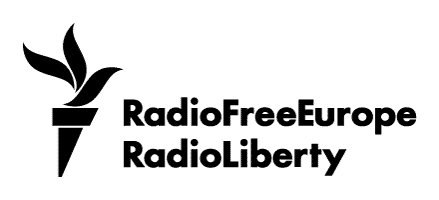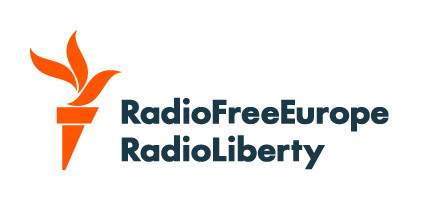In the tense and transformative days after Mahsa Amini's death in police custody in September 2022 for allegedly wearing a head scarf improperly, a new anthem surged from Iran's streets: "Women, Life, Freedom."
First heard at Amini's burial in her hometown of Saqqez, the slogan swept the country, quickly morphing into a manifesto and protest chant so powerful that within days, it was set to music -- amplifying collective grief and resistance with a rhythm that echoed across cities and continents.
Against this backdrop, musicians like Toomaj Salehi, Shervin Hajipour, and Saman Yasin emerged as some of the movement's most influential voices. Their work didn't just accompany the protests, it helped propel them to levels that scared authorities.
Yasin is a singer who gained renown as political activist following the Islamic republic's actions against him -- highlighting how repression can breed icons.
Another example is Saba Zamani's stark protest song Fed Up With Your Religion, which soared in popularity for its raw simplicity and radical edge.
A Rapidly Radicalizing Repertoire
But anthems of freedom come at a price.
Authorities responded with a sweeping crackdown, targeting musicians whose songs had become the soundtrack of dissent. As Tehran-based arts and culture reporter Mazdak Ali-Montazeri told RFE/RL's Radio Farda, "If these songs weren't influential, their singers wouldn't be in prison."
From arrests to censorship, the authorities' repression continued, and it extended not just to male musicians but also to women whose voices led the charge.
Haman Vafri, a pop-classical musician who released a sociology-themed album shortly before the protests, spoke to Radio Farda about the new risks artists face.
"Political repression takes a toll on artists," Vafri said. "Pressure from security services or the threat of being arrested makes them question: Is the cost of art too high? Do I step back, or do I accept the risk and tell society what's happened? That push-and-pull means sometimes a song can create a movement, or just stall."
The crackdown only heightened the role of music as a form of activism.
Vafri notes a dramatic shift in musical style. "Music moved toward harsher and more energetic genres like rock and rap. A whole generation emerged that listened to rap and suddenly started producing their own songs distributed widely online. The existence of social media itself is a central issue."
The digital landscape has made protest music harder to stamp out as tracks shared online reach millions and complicate the Iranian government's efforts at censorship.
"It relates to that online space," said Nahid Siamdoust, an assistant professor of Media and Middle Eastern Studies at the University of Texas at Austin who wrote a book on the politics of music in Iran.
"Most young Iranians are on social media every day, forming a completely nongovernmental social space," Siamdoust told Radio Farda. "Discourses outside the official boundaries of the Islamic republic have become normalized in these songs."
Anthems Past And Present
The protest musicians of 2022 built on a legacy stretching back to the Green Movement in 2009, when the remix of the 1979 revolutionary song Defenders Of The Sun Of The Forest became a movement marker.
With the rise of digital connectivity, uprisings became more frequent and widespread, and both slogans and sounds became more radicalized -- a direct response to dashed hopes for reform and the rise of hard-liners in power.
As Vafri reflects, earlier protest music was "softer, more melodic, often drawing from folk traditions. There were feelings like hope, unity, and resistance at their core, and the music transferred those messages well."
Today, however, "the structure of protest songs has changed" under the pressure of an increasingly violent state response, she said.
The 'Decentralization' Of Protest Anthems
No song captured the decentralized energy of the Women, Life, Freedom movement quite like Hajipour's viral hit For, the lyrics of which were woven from dozens of protest comments posted online.
One of the lines used in the song was from Reza Shoohani, a cryptocurrency entrepreneur. He described the song to Radio Farda as "beautifully decentralized -- just as in today's world of blockchain, the music, lyrics, and voice all emerge from the movement of the people. Shervin simply collected them together."
Pop singer Mehdi Yarrahi paid a price for his song Roosarito -- which means Your Head Scarf in English -- criticizing the strict dress code for women that led to Amini's detention and ultimate death.
Yarrahi became a household name in August 2023 after releasing the song.
Soon after, though, he was detained and in January 2024 was sentenced to two years and eight months in prison and 74 lashes over the song.
The prison sentence was later changed to house arrest with an ankle monitor due to his health problems, but the lashes were carried out in March this year.
Even as the Islamic republic's crackdown continues, the music persists, inspiring new waves of resistance and hope. Iranian protest musicians remain targets, but their voices, amplified one anthem at a time, have proved they are also among the movement's fiercest weapons.
















